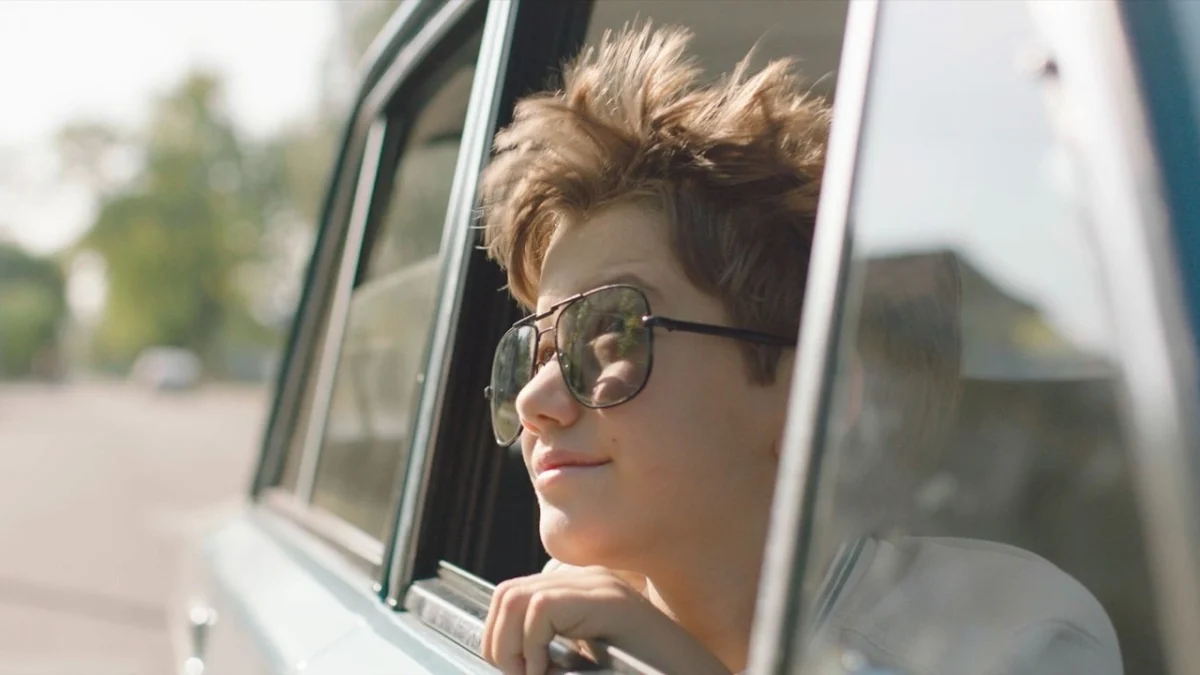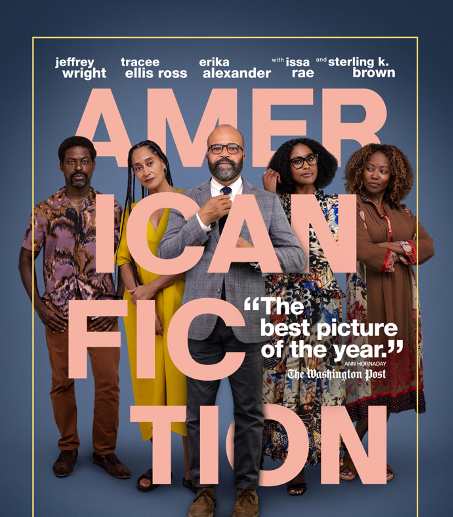![ENTER_MOVIE-WILDTHINGS_1_TB[1] ENTER_MOVIE-WILDTHINGS_1_TB[1]](https://massdailycollegian.com/media/2009/10/ENTER_MOVIE-WILDTHINGS_1_TB1-200x300.jpg) The film adaptation of Maurice Sendak’s beloved picture book “Where the Wild Things Are” is not quite a story for children, but more a story of childhood. The movie is dark, troubling and often violent, and may be too intense and unsettling for young children. For this reason, Warner Bros. has funneled 70 percent of its advertising energies for the film towards adult audiences.
The film adaptation of Maurice Sendak’s beloved picture book “Where the Wild Things Are” is not quite a story for children, but more a story of childhood. The movie is dark, troubling and often violent, and may be too intense and unsettling for young children. For this reason, Warner Bros. has funneled 70 percent of its advertising energies for the film towards adult audiences.
Work on “Where the Wild Things Are” began in the early 1980s, as Disney intended to turn the book into an animated feature film. The rights were ultimately acquired by Universal Studios in 2001, and in 2003, Spike Jones was brought on to direct a live-action version of the movie. The movie was then transferred to Warner Bros; by 2005, Jonze and acclaimed writer Dave Eggers had expanded the 10-sentence story into a 111 page screenplay. Since its release October 16, “Where The Wild Things” has brought in $35.2 million at the box office, making it Warner Bros’ biggest October release ever.
Relative unknown Max Records stars as Max, who feel neglected and misunderstood by his older sister Claire (Pepita Emmerichs) and divorced mother (Catherine Keener), causing him to lash out in anger and frustration. Records is perfect as Max; he brings the right amount of youthful innocence and raw emotion to the role. Keener is a standout as well, in her third collaboration with Spike Jonze. She aces the juxtaposition between doting mother and frazzled, single working mom. Max’s need for attention produces a scene in front of his mother’s boyfriend, played by Mark Ruffalo.
Max runs off and Jonze executes the transition from the real world to Max’s imaginary world seamlessly. Notables in the cast also include James Gandolfini, Lauren Ambrose, Forest Whitaker, Catherine O’Hara, Michael Berry Jr., Chris Cooper and Paul Dano, who provide the voices of the Wild Things. While adapting a classic book into a movie is always risky, Jonze uses a carefully-assembled cast and every technique at his disposal to create a poignant masterpiece.
“Where the Wild Things Are” was published in 1963 to critical acclaim. winning the Caldecott Medal the following year, among other awards. The book has since been hailed as a psychoanalysis of children’s emotions, however, the subtle symbolism in the original book is translated to blatant, prevalent symbolism in Jonze’s adaptation. The storyline in the real world correlates with that of Max’s imaginary world.
Just as Max’s family unit is threatened by his mother’s boyfriend and his sister’s friends, the Wild Things experience a rift within their group. With Max as their king, they seek to find a way to keep sadness and loneliness out of their lives. Similarly, the Wild Things have real-life counterparts: Max is represented by Carol, the Wild Thing that Max initially befriends, and who, like Max, resents change and has violent temper tantrums. Like Max, he simply wants everyone to be happy, a childish but noble desire. In his interactions with the Wild Things, Max gains an enlightened understanding of the things unfolding around him and an acceptance of his problems at home.
The cinematography in “Where the Wild Things Are” is extraordinary. Much of the film was shot with a handheld camera. While it has the effect of making the audience motion-sick at times, it beautifully portrays the world of Max and the Wild Things. Jonze also uses light tactfully, capturing sunlight in a way that adds a unique and other-worldly feel to the film.
The set and costume are intentionally designed to make the film a classic. Neither Max’s neighborhood, nor the cars, nor the interior of his house, nor his school, nor the characters’ clothes are particularly modern. Max is dressed in classic sweaters, and his youthful innocence and timeless haircut make the decade difficult to determine. The island where the Wild Things live is set in neutral earthy colors, as are the Wild Things themselves. The Wild Things are true to Sendak’s original illustrations, with animatronic suits created by Jim Henson’s Creature Shop. Jonze commissioned Karen O of the Yeah Yeah Yeahs to write the soundtrack, which greatly enhances the film with its poignant lyrics and melodies, which seem symbolic of childhood.
Lindsay Pierce can be reached at [email protected].






